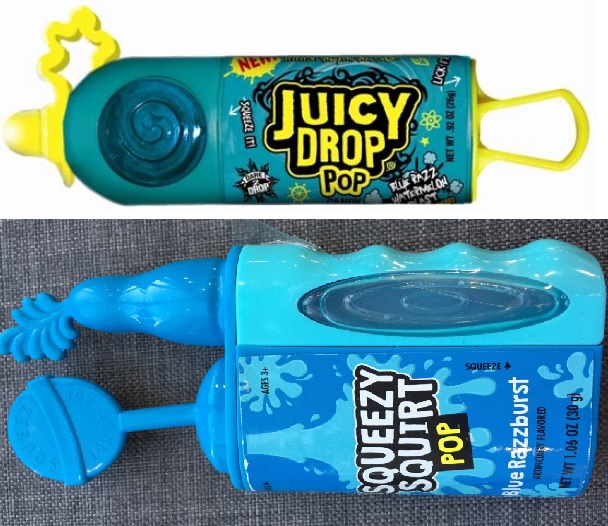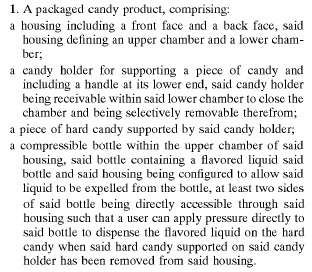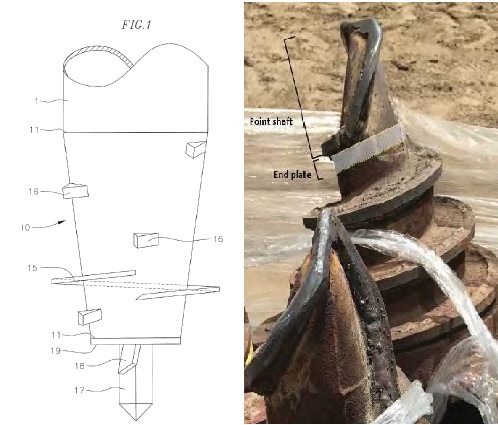In Qualcomm Inc. v. Intel Corp., [2020-1589, 2020-1590, 2020-1591, 2020-1592, 2020-1593,
2020-1594] (July 27, 2021), the Federal Circuit vacated and remanded six inter partes review final written decisions determining that claims 1–15, 17–25, and 27–33 of U.S. Patent
No. 9,608,675 would have been obvious.
The ’675 patent relates to techniques for generating a power tracking supply voltage for a circuit that processes multiple radio frequency signals simultaneously, using one power amplifier and one power tracking supply generator. During the IPR’s the parties never disputed that the signals were required to increase user bandwidth, and in the International Trade Commission, the Commission’s construction of the term also included the increased
bandwidth requirement.
The Board issued six final written decisions concluding that all challenged claims were unpatentable. In reaching its conclusion, the Board construed the term “a plurality of carrier aggregated transmit signals” in each asserted claim to mean “signals for transmission on multiple carriers,” omitting any requirement that the signals increase or extend bandwidth.
Qualcomm argued that it was not afforded notice of, or an adequate opportunity to respond to, the Board’s construction of “a plurality of carrier aggregated transmit signals,” and the Federal Circuit agreed. The Federal Circuit began by noting that “[a] patent owner in [an IPR] is undoubtedly entitled to notice of and a fair opportunity to meet the grounds of rejection,”
based on due process and Administrative Procedure Act (APA) guarantees.
The Board may adopt a claim construction of a disputed term that neither party proposes
without running afoul of the APA. Parties are well aware that the Board may stray from disputed, proposed constructions, however, but in the instant case the issue of whether increased bandwidth was a required part of the claim construction was not in dispute. The Federal Circuit noted that the patent owner owner agreed with the increased bandwidth requirement proposed by the petitioner. While the Board did not change theories midstream or depart from a construction it previously adopted, it is still difficult to imagine either party anticipating that this agreed-upon matter of claim construction was a moving target. The Federal Circuit said that unlike with disputed terms, it is unreasonable to expect parties to brief or argue agreed-upon matters of claim construction. Thus the Federal Circuit found that in the
the circumstances of this case, the Board needed to provide notice of, and an adequate opportunity to respond to, its construction. The Federal Circuit further found that Qualcomm did not receive notice or an opportunity to be heard regarding the Board’s construction that departed from the agreed-upon increased bandwidth requirement, and thus, the Board violated Qualcomm’s procedural rights under the APA.




